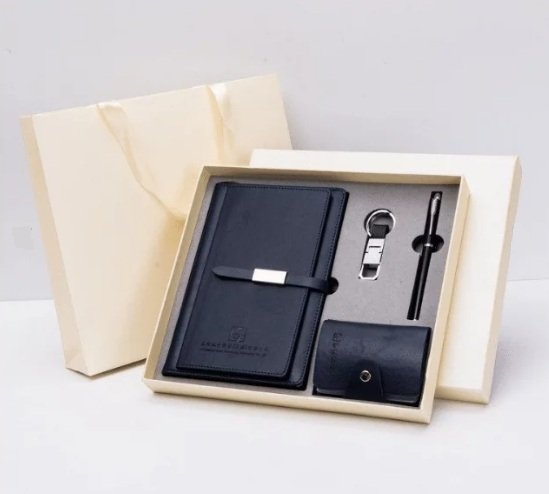
Your phone is one of your most valuable travel tools. It helps you navigate unfamiliar places, book transport, translate languages, and stay in touch with family and friends. But if you haven’t prepared it properly before your next trip, you could run into unexpected issues—expensive roaming charges, poor connectivity, or even a complete lack of service.
Many travellers assume their phone will work the same overseas as it does at home, only to find themselves scrambling for a solution when they arrive. Instead of dealing with unnecessary stress, take a few simple steps to make sure your phone is truly ready. Whether it’s unlocking your device, choosing the right data plan, or getting an international travel sim card in Australia, these fixes will keep you connected no matter where you go.
1. Your Phone Might Be Locked to a Carrier
One of the most common reasons phones don’t work overseas is because they’re locked to a specific provider. If your device is locked, you won’t be able to use a local SIM card, forcing you to rely on expensive roaming services.
How to Fix It
Check with your mobile provider to see if your phone is locked. If it is, request an unlock before you travel. Many carriers will do this for free if your contract is paid off, but it’s best to ask well in advance.
2. You Don’t Have an Affordable Data Plan
Using your regular Australian mobile plan overseas can be a costly mistake. Many providers charge high rates for international roaming, and a quick scroll through social media or a few minutes of GPS navigation can lead to an enormous bill.
How to Fix It
Instead of relying on your home provider, look for travel-friendly data options. A prepaid SIM or an eSIM for travellers will usually offer better value. Compare different plans and choose one that suits your destination and data needs.
3. Your Phone Doesn’t Support the Right Network Bands
Even if your phone is unlocked, it may not work properly in every country. Mobile networks use different frequencies around the world, and some phones aren’t compatible with certain networks. This can lead to slow internet speeds or even no service at all.
How to Fix It
Check your phone’s specifications and compare them with the network bands used in your destination. If your phone lacks support for the local frequencies, consider renting a travel-friendly device or using a Wi-Fi hotspot instead.
4. You Haven’t Downloaded Essential Apps for Offline Use
Many travellers rely on mobile data for navigation, translations, and bookings, but Wi-Fi and network coverage aren’t always reliable in every location. If you don’t prepare for offline use, you might find yourself stranded without access to crucial information.
How to Fix It
Before you travel, download offline maps, translation apps, and important travel documents. Google Maps, for example, allows you to save specific areas for offline navigation, while apps like Google Translate can provide instant text translations without an internet connection.
5. You Don’t Have a Backup Connectivity Plan
Even with the best preparation, things can go wrong—your SIM might not work, Wi-Fi might be unreliable, or your data plan could run out faster than expected. Without a backup plan, you could find yourself cut off when you need connectivity the most.
How to Fix It
Consider carrying a portable Wi-Fi hotspot or having a second SIM card as a backup. If your phone supports dual SIMs, you can keep both your regular number and a travel SIM active at the same time, ensuring you always have access to calls, texts, and data.
6. Your Phone’s Battery Won’t Last Long Enough
Frequent use of GPS, messaging apps, and internet browsing can drain your battery quickly, leaving you without a working phone when you need it most. If you’re out exploring for long hours, you might not always have access to a power source.
How to Fix It
Carry a portable power bank to keep your phone charged throughout the day. You can also extend battery life by enabling battery saver mode, reducing screen brightness, and closing unused apps running in the background.
7. You Haven’t Secured Your Data and Privacy
Using public Wi-Fi in hotels, airports, and cafes can expose your personal data to hackers. If you’re not careful, you could unknowingly share sensitive information, such as passwords and banking details, with cybercriminals.
How to Fix It
Use a Virtual Private Network (VPN) to encrypt your internet connection and protect your data. Also, enable two-factor authentication on important accounts and avoid logging into sensitive sites on public networks.
8. You Didn’t Set Up International Call and Messaging Options
If you rely on traditional SMS and phone calls while overseas, you may face high charges. Some travellers also forget to enable international calling on their phones, making it impossible to reach contacts back home.
How to Fix It
Use internet-based messaging apps like WhatsApp, Telegram, or Messenger to stay in touch with friends and family. Many of these apps work over Wi-Fi or mobile data, making them a much cheaper alternative to traditional calls and texts.
A little preparation goes a long way in ensuring your phone is ready for your next adventure. By checking compatibility, securing a cost-effective data plan, and optimising your phone’s settings, you can avoid the common connectivity pitfalls that many travellers face. With the right setup, you’ll have seamless access to maps, bookings, and communication—no matter where your travels take you.



